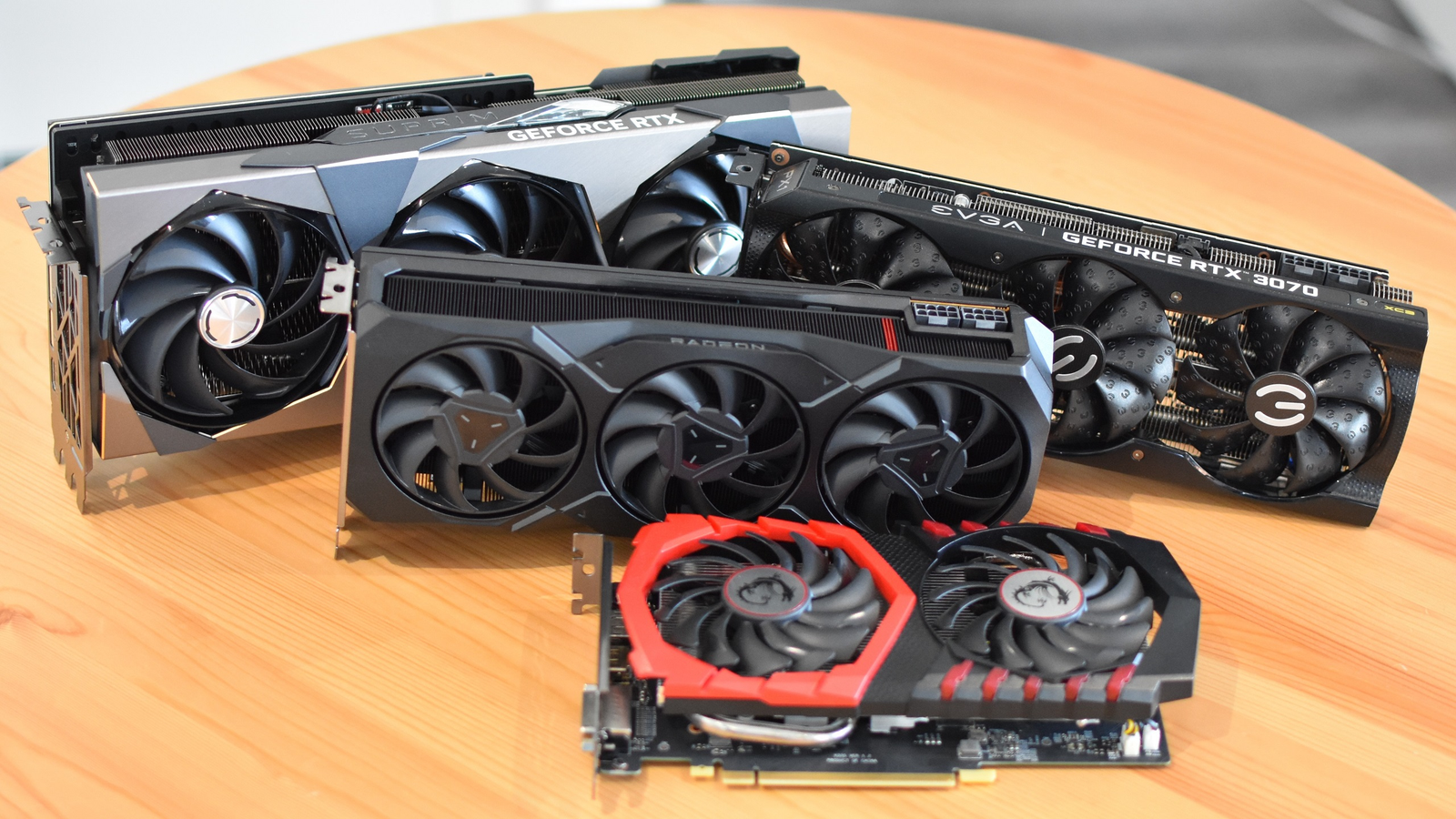When it comes to the success of gaming consoles, one critical factor stands out: exclusive titles. These are games developed and released solely for a particular console, offering gamers a unique and compelling reason to choose one platform over another. In the case of the PlayStation 5 (PS5), exclusive titles have played a pivotal role in the console’s popularity and market positioning.
A Tradition of Exclusives
Sony, the creator of the PlayStation brand, has a long-standing tradition of delivering exceptional exclusive titles. This practice dates back to the original PlayStation and has continued with each subsequent iteration. The PS5 is no exception, and it has built on this legacy with a lineup of exclusive games that have captivated players worldwide.
Driving Console Sales
Exclusive titles are powerful drivers of console sales. When gamers know that they can only experience a particular game on a specific platform, it creates a compelling incentive to invest in that console. This exclusivity not only boosts hardware sales but also generates additional revenue through game purchases and subscriptions to online services.
The Blockbuster Lineup
The PS5 launched with a blockbuster lineup of exclusive titles that showcased the console’s capabilities and set it apart from the competition. Games like “Demon’s Souls,” “Ratchet & Clank: Rift Apart,” and “Returnal” demonstrated the PS5’s prowess in terms of graphics, speed, and innovation. These titles not only attracted existing PlayStation fans but also enticed newcomers to the ecosystem.
Cultivating Fan Loyalty
Exclusive titles cultivate fan loyalty and a sense of belonging within the PlayStation community. Gamers who have invested in the PlayStation ecosystem over the years are rewarded with unique gaming experiences they can’t find elsewhere. This loyalty strengthens the PlayStation brand and ensures that players continue to choose PlayStation for their gaming needs.
Pushing Technological Boundaries
Exclusive titles often push the technological boundaries of the hardware they’re designed for. Developers work closely with console manufacturers to maximize the capabilities of the hardware, resulting in games that look and perform their best on that platform. This synergy between hardware and software creates a virtuous cycle, with each exclusive title raising the bar for what’s possible.
The Future of PlayStation Exclusives
Looking ahead, the importance of exclusive titles for the success of the PS5 remains undeniable. Sony has committed to continuing its tradition of delivering compelling exclusive games, both from its own studios and third-party partners. Upcoming titles like “Horizon Forbidden West” and “God of War: Ragnarok” are highly anticipated and are expected to maintain the PS5’s strong position in the gaming industry.
In conclusion, exclusive titles are not just games; they are the lifeblood of a gaming console. They drive sales, foster fan loyalty, and push the boundaries of technology. In the case of the PS5, exclusive titles have played a pivotal role in the console’s success, and they will undoubtedly continue to do so in the future, ensuring that the PlayStation brand remains at the forefront of the gaming industry.


